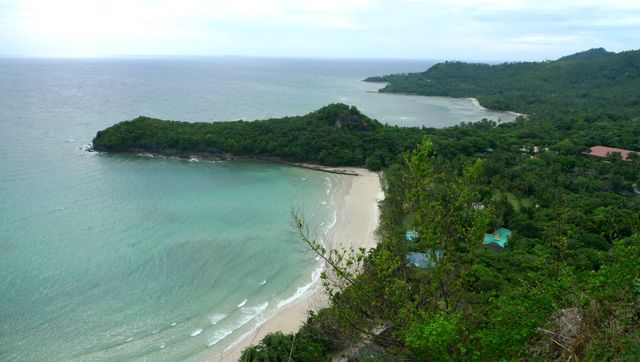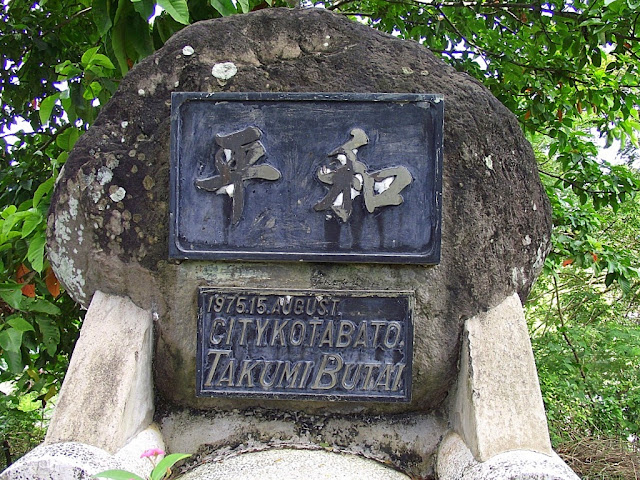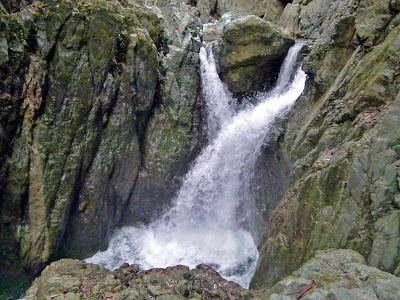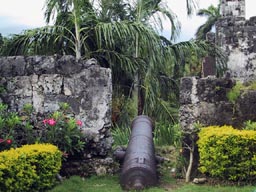The Philippines is among the finest places of interest around the world to participate in ocean sports activities like snorkeling, scuba diving and surfing. The country also is host to a various range of magnificent and exotic flora and fauna, as well as being among the most biodiverse parts of the world.
The geography of the Philippines is awe-inspiring and scenic with numerous coral reefs, mountains and mountain ranges, and tropical forests, as well as over 7,000 islands.
Among the wonderful places and their famous beautiful spots you can see here are:
ZAMBOANGA DEL NORTE
Zamboanga del Norte is established in the Zamboanga Peninsula region in Mindanao. It is ringed by the Sulu Sea, Misamis Occidental and Zamboanga del Sur. The capital of Zamboanga del Norte is Dipolog City.
INTERESTING PLACES
Zamboanga del Norte has many picturesque places for both local and foreign tourists.

______________________________________________
______________________________________________
______________________________________________
______________________________________________
______________________________________________
LUZON
Banaue Rice Terraces
Banaue Rice Terraces or "Hagdan-Hagdang Palayan" in Tagalog is 2,000 years debilitated. The terraces were carved by the native people of Ifugao mostly by hands. The Terraces surface a large area of over 10,300 square kilometers. Some people say that when these terraces are combined in a consecutive line, it would enclose half of the globe. The terraces give forth the culture of the people living in Ifugao for so many years.
[photo credit: mynomadichabits.com]
______________________________________________
VISAYAS
Fort San Pedro
 Front entrance of Fuerza de San Pedro.
Front entrance of Fuerza de San Pedro.
Fort San Pedro is a stronghold for Filipino Revolutionaries built in 1565 by Miguel Lopez de Legazpi to repel Muslim Raiders. It is established in an area now called Plaza Independencia near the South Road Properties (SRP) of Cebu City. These days, it’s a peaceful, fenced garden and an amazing crumbling ruin.
 Inside Fort San Pedro Cebu
Inside Fort San Pedro Cebu
 Fort San Pedro Cebu City and Legazpi's Statue
Fort San Pedro Cebu City and Legazpi's Statue
[photo credit: en.wikipedia.org, asias-world.com, fabulousphilippines.com]
______________________________________________
MINDANAO
Maguindanao
Maguindanao is among the provinces that consist the Autonomous Region in Muslim Mindanao. It is exactly enclosed by Sultan Kudarat, Cotabato, Lanao del Sur, as well as Moro Gulf. Its capital is Shariff Aguak. Maguindanao is well known for Rio Grande de Mindanao, which is actually the 2nd largest river system in the Philippines.
Additionally, it is home to historical sites particularly the Tamontaka Church and the Takumi Butai Memorial Shrine. Another fascinating sites in the province are P.C. Hills, Timako Hill, and Our Lady of Lourdes Grotto.
 Iligan City
Mimbalut Falls
Iligan City
Mimbalut Falls
 -------------------------------------------------------------------
Timoga Cold Spring
-------------------------------------------------------------------
Timoga Cold Spring
 -------------------------------------------------------------------
Tinago Falls
-------------------------------------------------------------------
Tinago Falls
 -------------------------------------------------------------------
Maria Cristina Falls
-------------------------------------------------------------------
Maria Cristina Falls
![]() [photo credit: viloria.net, thelandofpromise.com, bubblews.com]
[photo credit: viloria.net, thelandofpromise.com, bubblews.com]

































